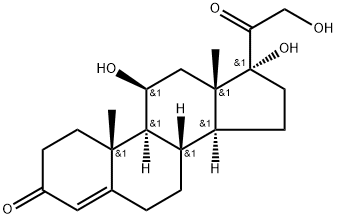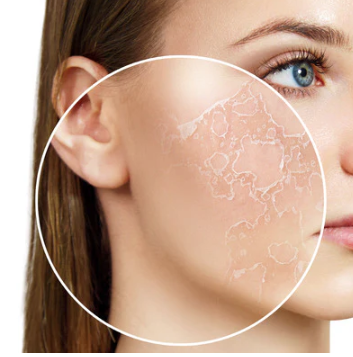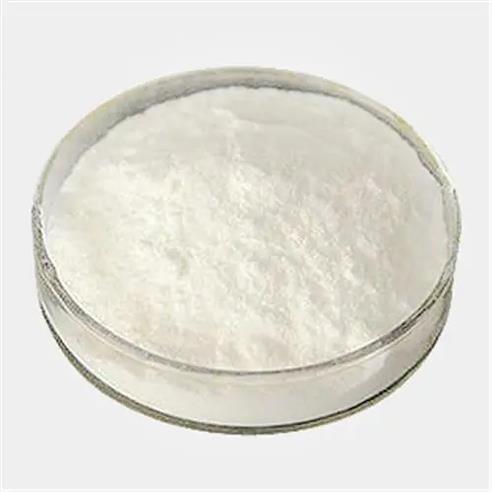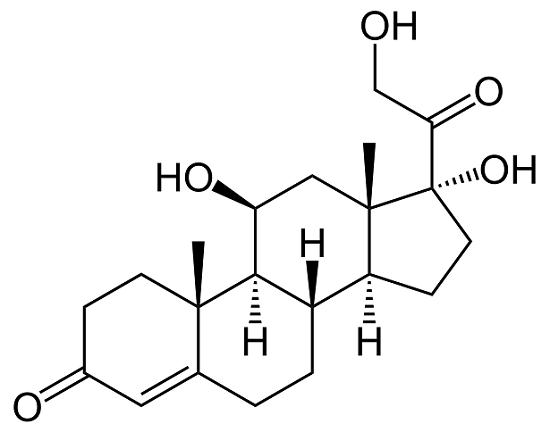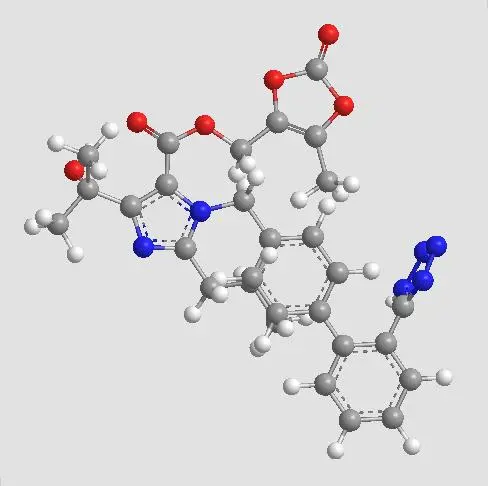Hydrocortisone: Clinical applications and Side Effects
Clinical applications of Hydrocortisone
Hydrocortisone is a steroid (corticosteroid) medication. It reduces pain, itching and swelling (inflammation) by suppressing the body's immune response. It is also used as a hormone replacement for people whose bodies do not have enough of the natural stress hormone cortisol.
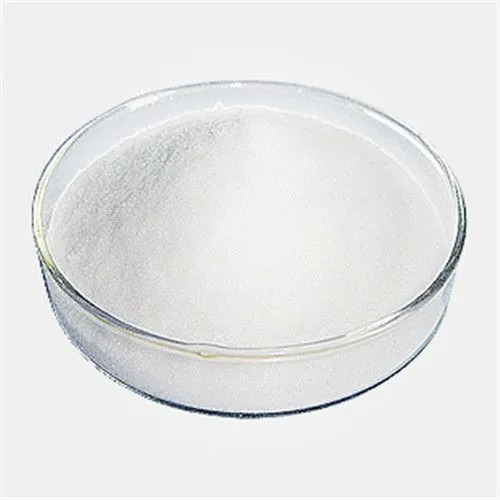
Hydrocortisone topical is used to relieve redness, itching, swelling or other discomfort of the skin. Hydrocortisone skin therapy works on skin cells to stop the release of these chemicals. This reduces symptoms such as redness, swelling, and itching. It can be used for treating skin problems (such as eczema and contact dermatitis, prickly heat, psoriasis, nappy rash); haemorrhoids and itchy buttocks; mouth ulcers; joint pain; adrenal gland disorders (primary or secondary adrenal insufficiency) and critical infectious shock.
The oral dosage regimen of hydrocortisone needs to be individualized in the treatment of congenital adrenal hyperplasia, especially in pediatric patients. A review of the therapeutic uses of hydrocortisone reveals the need for flexibility in dosing. This flexibility is readily achieved using an oral liquid dosage form. However, no commercial liquid dosage form of hydrocortisone currently exists. Hydrocortisone is commercially available as 5-mg, 10-mg, and 20-mg tablets. An extemporaneously compounded suspension from pure drug powder would provide a convenient option to meet unique patient needs. Hydrocortisone is physically, chemically, and microbiologically stable in SuspendIt for 185 days in the refrigerator and at room temperature, thus providing a viable, compounded alternative for hydrocortisone in a liquid dosage form, with an extended beyond-use date to meet patient needs.
Side Effects of Hydrocortisone
Hydrocortisone skin treatment is gentle and relatively safe. Most people have no side effects after less than 4 weeks of use.Common side effects of Hydrocortisone include: burning or stinging sensation, lighter or darker patches, thinning of the skin, acne or pimples. Severe swelling of the skin with yellow fluid oozing from the skin; burning and itching of the skin with red blisters the size of a pinhead; increased hair growth on the forehead, back, arms and legs; prolonged use may cause hyperglycaemia and topical steroid withdrawal. This is rare, but a severe allergic reaction (anaphylaxis) to hydrocortisone may occur.
References:
[1] M. HUNT. 1599: HYDROCORTISONE AND FLUDROCORTISONE VS. HYDROCORTISONE ALONE IN CRITICALLY ILL SEPTIC SHOCK PATIENTS[J]. Critical Care Medicine, 2020. DOI:10.1097/01.CCM.0000648304.34910.2D.
[2] AMANDA ROWLANDS. Access to fludrocortisone and to hydrocortisone in children with congenital adrenal hyperplasia in the WHO Eastern Mediterranean Region: it takes a village….[J]. BMJ Global Health, 2021. DOI:10.1136/bmjgh-2021-007195.
[3] YASHODA V PRAMAR. Physicochemical and Microbiological Stability of Extemporaneously Compounded Hydrocortisone Oral Suspensions in PCCA Base, SuspendIt.[J]. International journal of pharmaceutical compounding, 2021.
You may like
Related articles And Qustion
Lastest Price from Hydrocortisone manufacturers
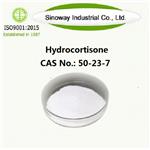
US $0.00-0.00/Kg/Bag2025-10-10
- CAS:
- 50-23-7
- Min. Order:
- 1Kg/Bag
- Purity:
- CEP/EP
- Supply Ability:
- 20 tons

US $5.00-0.50/KG2025-05-30
- CAS:
- 50-23-7
- Min. Order:
- 1KG
- Purity:
- 99% hplc
- Supply Ability:
- 500TONS
